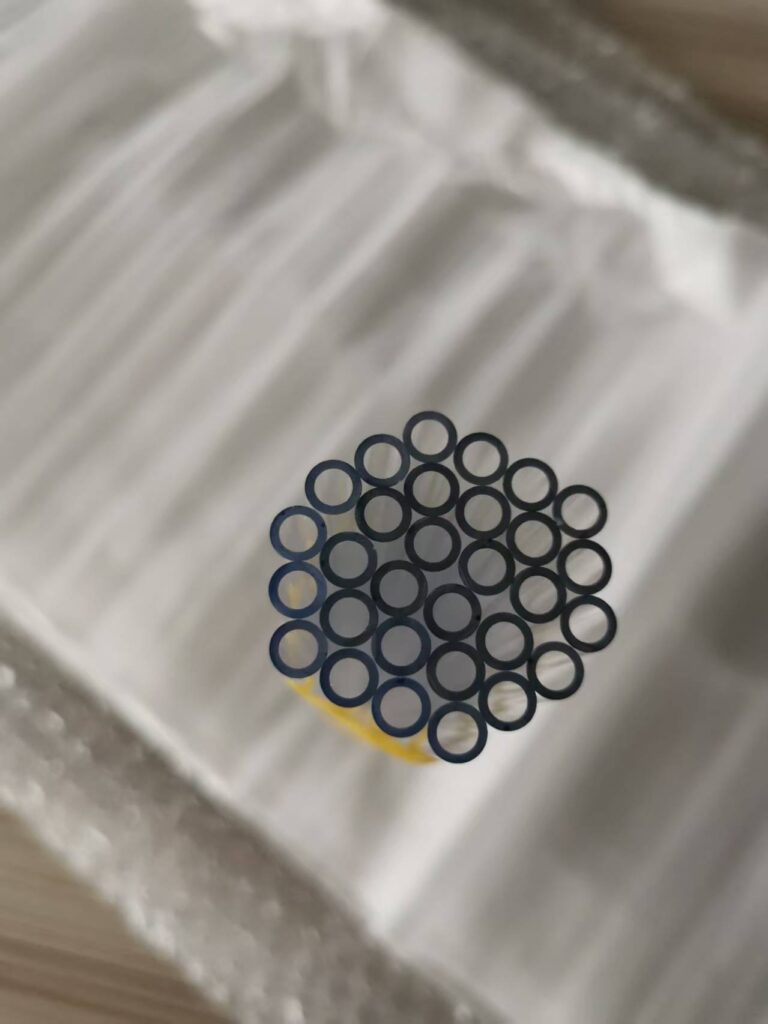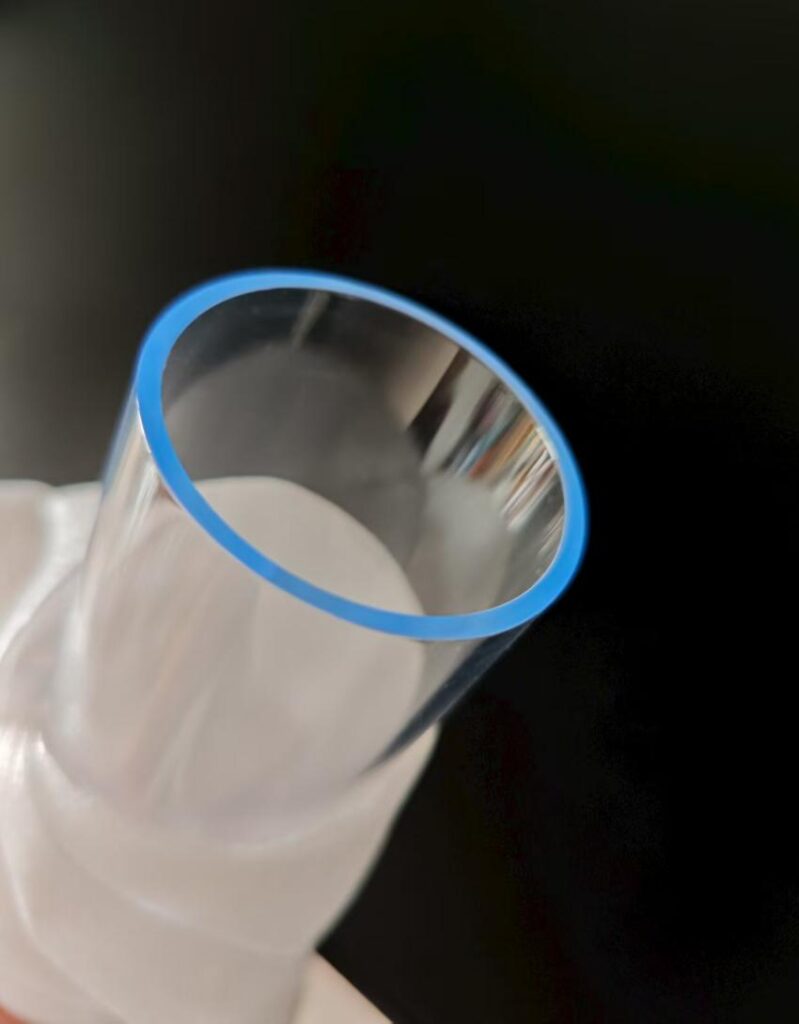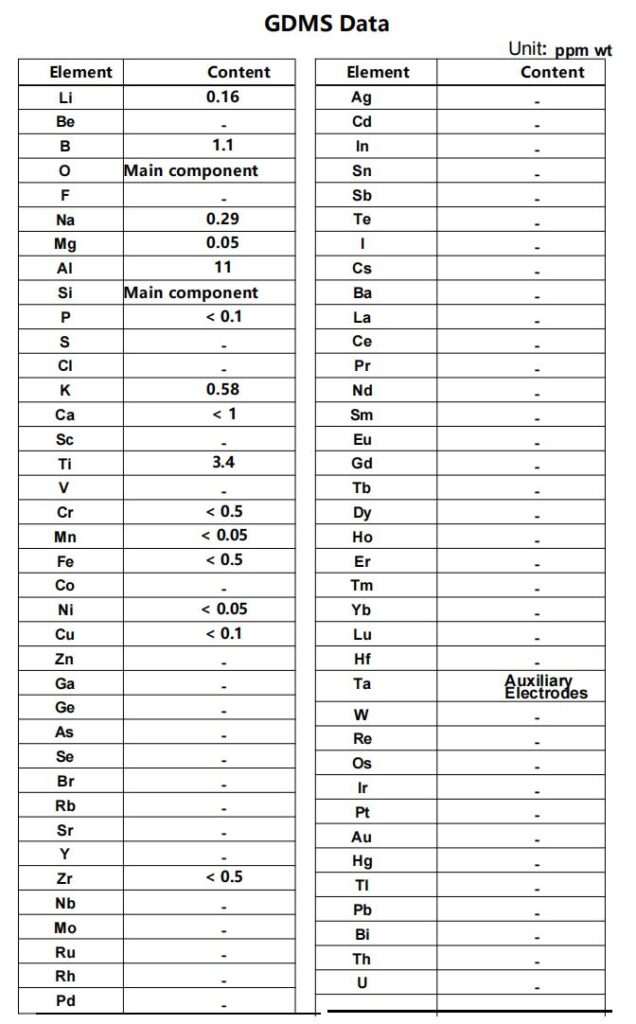1. Customer Background
A leading petroleum company in the Middle East, within a frontier development research institute, focuses on biomass conversion experiments under high-temperature alkaline catalytic reaction environments.
2. Requirement Information
Customer Inquiry:
We need high-purity fused quartz tubes with an outer diameter of 35±0.5 mm, an inner diameter of 30±0.5 mm, a length of 200±1 mm, and matching flanges. However, I still have some follow-up questions to ask:
- Can these flanges be used at high temperatures? In our application, the temperature will not exceed 900°C, and the system will run continuously for 6–8 hours.
- We will use some salts such as potassium carbonate (K₂CO₃) and potassium hydroxide (KOH) in the crucible, then mix them with samples, place them into the quartz tube, and process them in a dry or humid nitrogen atmosphere. Under these application conditions, are the quartz tubes and flanges suitable?
- After the quartz tube and flange are assembled together, what is the total length?
Will K₂CO₃ and KOH Corrode Quartz Tubes and Stainless Steel Flanges?
K₂CO₃ and KOH are solids at room temperature, but under high temperatures or in humid environments, they may exist in vapor or solution form. Below is an analysis of their corrosiveness to quartz tubes and stainless steel flanges:
1. Corrosion Resistance of Quartz Tubes (SiO₂)
Potassium Hydroxide (KOH):
KOH has significant corrosiveness to quartz tubes, especially under high-temperature or molten conditions. KOH reacts with SiO₂ to form soluble potassium silicate (K₂SiO₃). The reaction formula is:
Therefore, KOH vapor or melt will severely corrode quartz tubes.
Potassium Carbonate (K₂CO₃):
At high temperatures (such as molten state), K₂CO₃ will also react with SiO₂ to generate potassium silicate and carbon dioxide.
However, its corrosiveness is weaker than KOH, requiring higher temperatures or longer contact times to become significant.
Conclusion:
KOH is extremely corrosive to quartz tubes, while K₂CO₃ also poses corrosion risks at high temperatures.
2. Corrosion Resistance of Stainless Steel Flanges
Potassium Hydroxide (KOH):
Stainless steel (such as 304 or 316) has some corrosion resistance to KOH solutions at room temperature, but high-temperature and high-concentration KOH can cause stress corrosion cracking (particularly in austenitic stainless steel). KOH vapor may also accelerate corrosion.
Potassium Carbonate (K₂CO₃):
Stainless steel has relatively good corrosion resistance to K₂CO₃ solutions, but molten states at high temperatures may lead to pitting or intergranular corrosion, especially when chloride impurities are present.
Conclusion:
- In room-temperature humid environments: Stainless steel can withstand K₂CO₃ and low-concentration KOH.
- In high-temperature/molten states: Stainless steel may be corroded by KOH or K₂CO₃; nickel-based alloys (e.g., Inconel) or special coatings are required.
Recommendations
- Quartz Tubes: Avoid contact with KOH or high-temperature K₂CO₃. Instead, use alumina tubes (Al₂O₃) or nickel tubes.
- Stainless Steel Flanges: In high-temperature alkaline environments, Hastelloy or nickel-plated treatment is recommended.
If more specific solutions are needed, please provide detailed operating conditions (temperature, concentration, pressure, etc.).
Attachment: Technical characteristics of alumina tubes.




